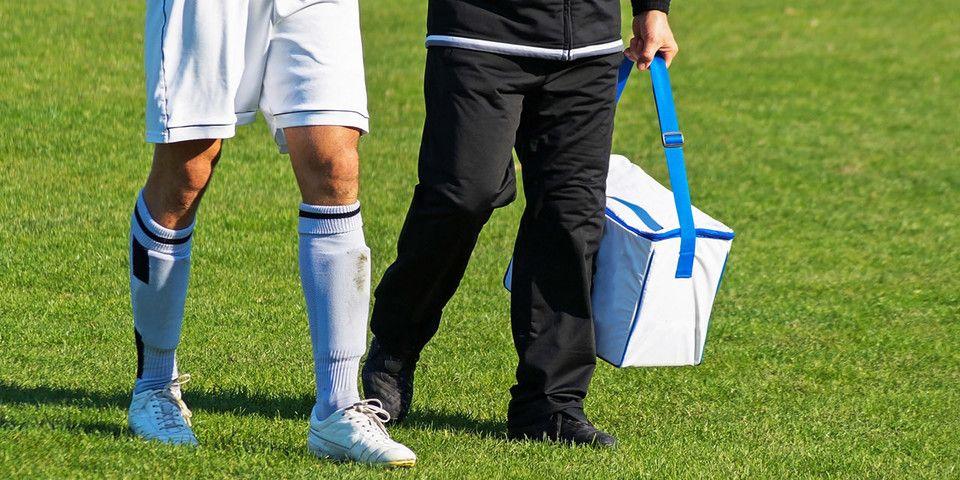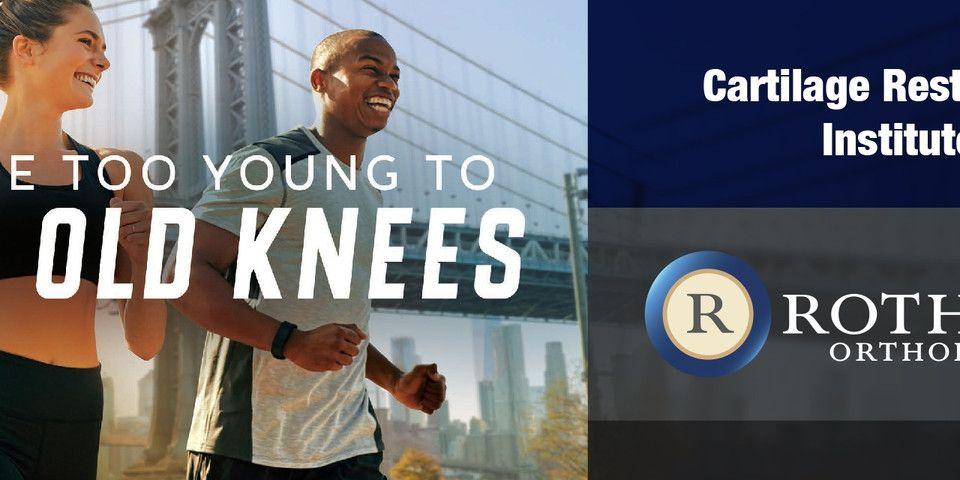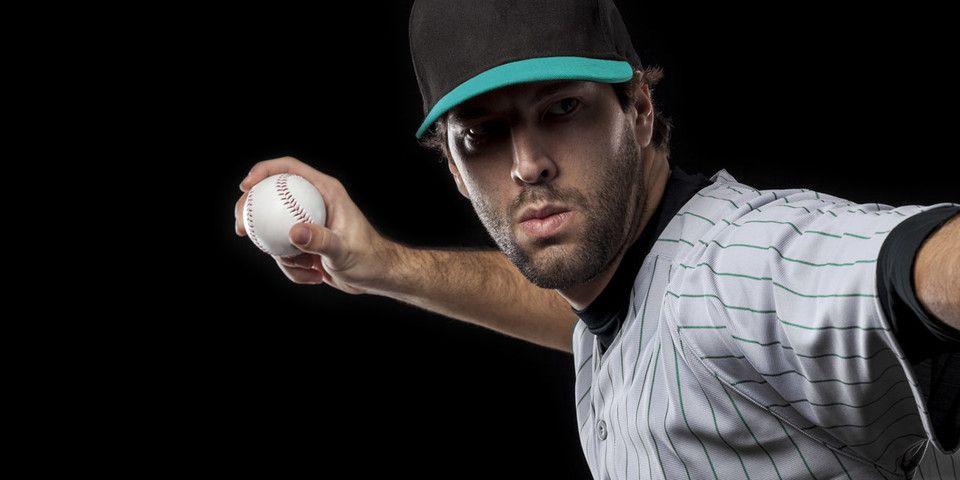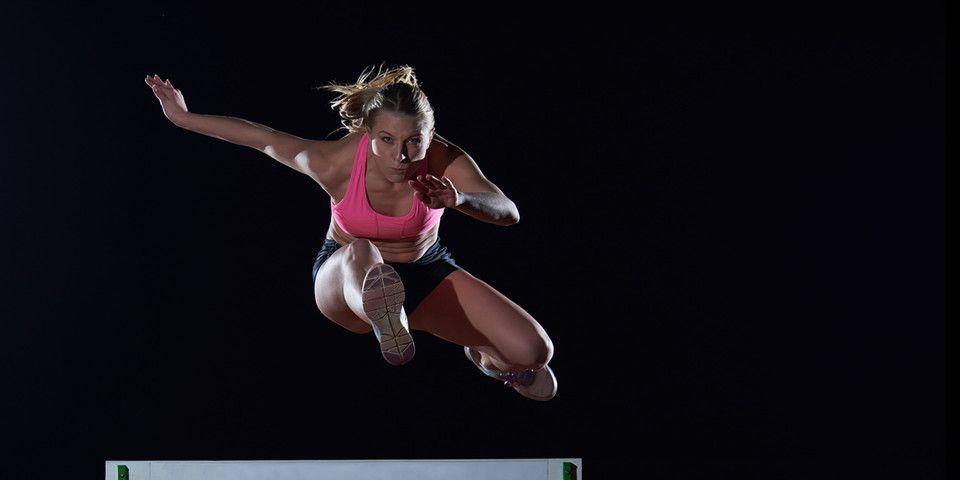Rotator Cuff Injury: Treatment & Risks
If you’re in need of treatment for a rotator cuff injury, let Rothman Orthopaedic Institute give you the info you need to get you started.
Have you or a loved one recently suffered tears or other damage to the rotator cuff? Rotator cuff injuries unfortunately have difficulty healing on their own, limiting non-surgical treatment options. To understand the proper approach to treating a rotator cuff injury, it is important to also understand the details of the injury itself.
The rotator cuff is located at the shoulder joint, comprised of four muscles and their tendons. The muscles and tendons wrap around forming a “cuff” at the upper end of the arm. The rotator cuff serves to guide shoulder movement and provide a wide range of motion to the joint, allowing for lifting and rotating movements. The rotator cuff also provides stabilization for the ball joint at the upper end of the humerus, in the socket of the shoulder.
The most common medical condition affecting the rotator cuff is a condition called tendonitis, wherein the tendons and bursa (friction-preventing sacs) become inflamed. Tendonitis is caused either by sudden trauma to the shoulder, by repeated overhead activity, or by general overuse of the arm.
Rotator Cuff Injury Treatment Options
If a rotator cuff injury does not respond to conservative non surgical treatment:
-
Activity Modification
-
Medication
-
Injections
Then surgery may be needed. The type of surgery to be carried out depends on the size, shape, and location of the tear.
Tendonitis
For tendonitis, surgery involves removing the inflamed bursal tissue around the rotator cuff, and shaving off part of the shoulder blade (acromion bone), this helps maximize the space above the rotator cuff.
Partial Tear
In the case of a partial tear, surgery may only need to involve a trimming or smoothing treatment called “debridement,” wherein just the damaged tissue is removed from the affected area.
Complete Tear
A complete tear generally implies a tear in the tendon, repaired by stitching together the two sides of the tendon. If, however, the tendon has been completely torn off the humerus, the repair can be done directly to the bone instead.
Three General Approaches to Rotator Cuff Surgery
The good news about rotator cuff injuries is that most procedures are able to be carried out on an outpatient basis. There are three general approaches available:
-
Arthroscopic Repair - A miniature fiber-optic scope is inserted through small puncture wounds, along with other small instruments. Your Rothman physician can repair rotator cuff damage using video control, eliminating the need for larger open incisions.
-
Mini-open Repair - Orthopaedic surgeons can now perform complete procedures for rotator cuff repair through incisions as small as four to six centimeters, thanks to modern techniques and instrumentation.
-
Open Surgical Repair - In the case of a large or complex rotator cuff tear, or if additional reconstruction like a tendon transfer is needed, a traditional open surgical incision may be needed. In the more severe cases, replacement surgery may also be required.
If you are searching for rotator cuff injury specialists, the physicians at Rothman Orthopaedic Institute are highly experienced and well trained in addressing rotator cuff injuries, and will prescribe the most effective treatment for you. For more information about treatment for rotator cuff injuries, visit us here or contact us at 1-800-321-9999.
Related Physicians
Related Specialties
Related Conditions
Related Programs
-

Athletic Training- Sport Medicine Outreach
Our Field Athletic Trainers provide direct sports medicine care to youth, high school, college and professional athletes. Rothman AT’s provide athletic training services throughout Southeastern PA to interscholastic high schools, colleges, as well as tournaments and special events.Read More -

Cartilage Restoration Institute
This is a center where patients can go to have their disabled joint biological resurfaced, realigned, and stabilized without having the joint replaced by artificial materials such as metal and plastic. It is well known that the outcomes of patients under the age of 50 undergoing artificial joint replacement are not as good as we would like. Therefore we feel the future of Orthopaedics is to try to restore a joint back to its original anatomy by realignment, ligament reconstruction, and cartilage restoration.Read More -

Overhead Throwing Program
Whether it’s throwing a javelin or pitching a baseball, the overhead or throwing athlete is exposed to tremendous forces during overhead sports.Read More -

Women’s Sports Medicine Program
The Women’s Sports Medicine Program at the Rothman Orthopaedic Institute is the first of its kind in the Philadelphia metro area and one of only several such programs specializing in the comprehensive care of the female athlete in the country.Read More




